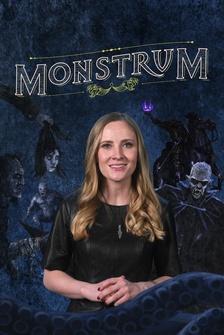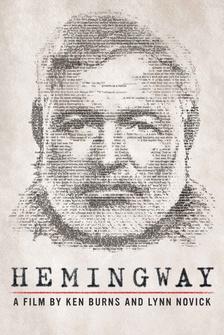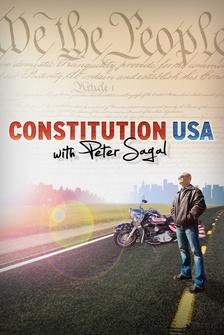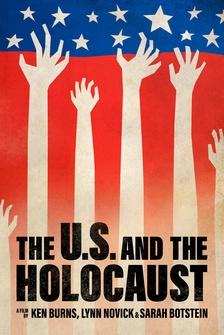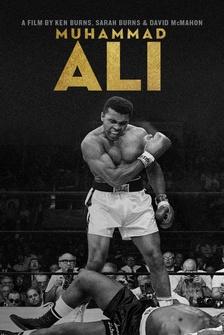The vice presidency used to look dramatically different than it does today.
Officially, the Constitutio assigned the VP only two jobs.
The first?
presiding over the Senate, where the vice president cast tie-breaking votes.
The second, taking over the president's duties in the event of disability, death or resignation.
In fact, VPs originally had so few formal responsibilitie that a member of the first U.S. Congress thought they should b compensated on a per diem basis.
As a result, most early vice presidents found themselves at loose ends.
In fact, John Adams, the country's first VP, called the vice presidency “the most insignificant office that ever the invention of man contrived.” It wasn't until the 20th century that the job became something greater.
Warren Harding was the first president to invite his VP, Calvin Coolidge, to attend Cabinet meetings, a practice FDR continued wit all three of his vice presidents Still, President Roosevelt's last VP, Harry Truman, felt completely unprepared to assume the presidency when FDR died.
For one thing, Truman had been kept totally in the dark about the Manhattan Project, the top secret effort to create an atomic bomb.
To prevent something similar from happening, Truman convinced Congress to add the vice president to the National Security Council.
The next president in line Dwight Eisenhower, also wanted to make sure his potential successor, Richard Nixon, was intimately involve in domestic and foreign policy.
Vice President Nixon was invited to attend briefings alongside Ike, met with dozen of foreign leaders on his behalf and worked on important Civil Rights legislation.
But the biggest shift in the vice presidency came when Walter Mondale assumed the office.
President Jimmy Carte treated his VP as a full partner giving him unprecedented equal access to classified materials and meeting sometimes for hours daily to discuss important developments.
Mondale was also given symbolic evidence of the roles increased importance: a permanent office in the White House for the first time ever.
While every partnership is different, the Carter-Mondale model became a template for how future presidents and vice presidents worked together, paving the way for VPs to be fully involved in the Executive Branch - and transforming the vice presidency into an office of significance.
To learn more.
Watch The American Vice President.






